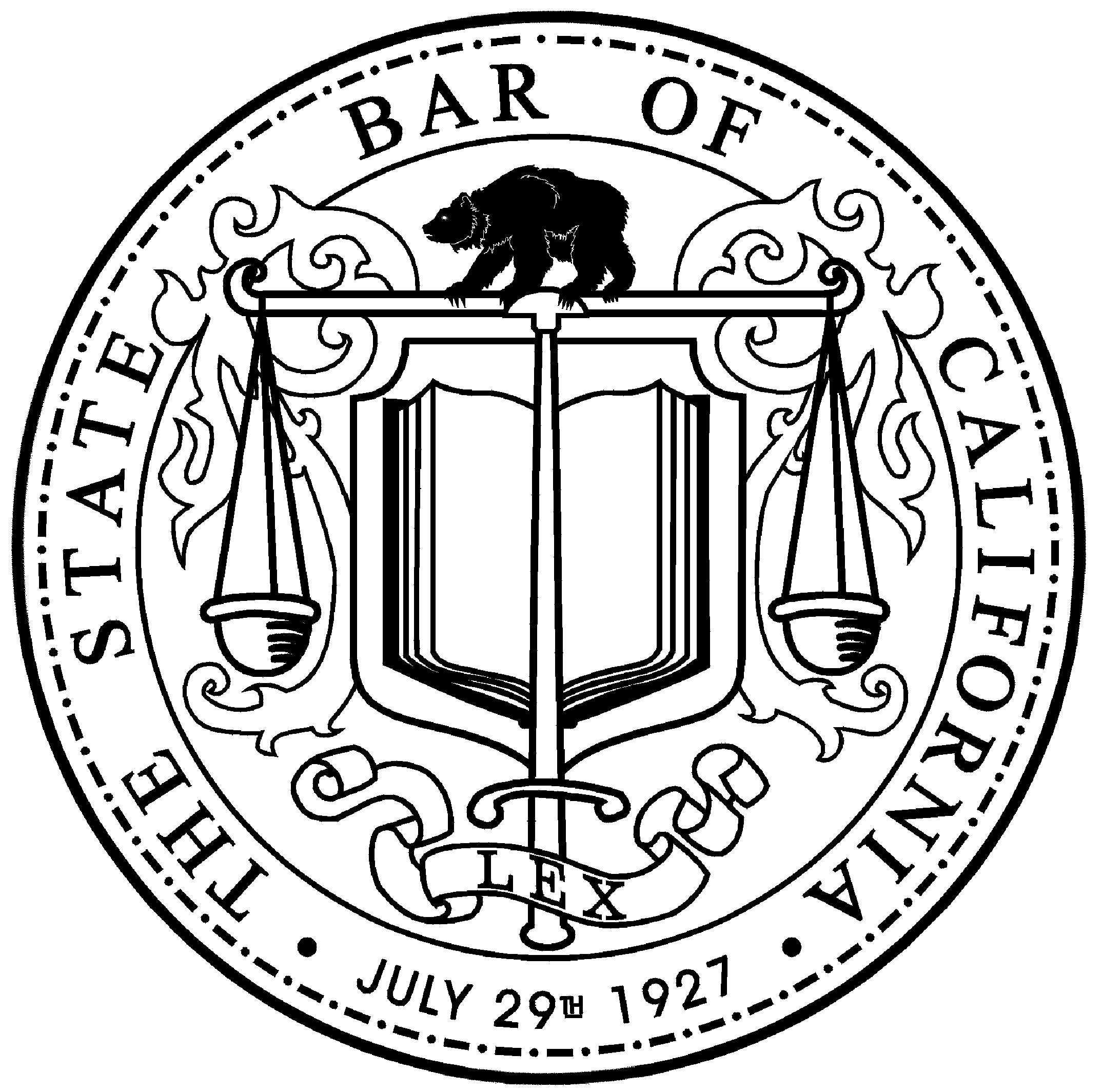A History of the Workers’ Compensation System
The Workers’ Compensation System stands as a testament to society's evolving understanding of labor rights and employer responsibilities. Born out of necessity during the tumultuous times of the Industrial Revolution, this system has undergone numerous transformations to address the ever-changing dynamics of the workplace. This blog delves into the rich history of the Workers’ Compensation System, tracing its roots from ancient civilizations to its modern-day iterations, highlighting the pivotal moments that shaped its course. Join us as we journey through time, understanding the origins and significance of a system that continues to impact millions of workers worldwide.
The Precursors to Modern Workers’ Compensation
Before the establishment of the modern Workers’ Compensation System, societies throughout history had their own ways of addressing worker injuries and ensuring their well-being. In ancient civilizations, the concept of compensating workers for injuries sustained during their duties was not entirely foreign. For instance, ancient laws, such as the Code of Hammurabi in Babylon, specified compensation for specific injuries, like the loss of a finger or an eye. These early legal codes laid the groundwork for understanding the value of a worker's physical well-being in relation to their ability to earn and contribute to society.
Moving forward to medieval Europe, the guild system played a significant role in protecting workers. Guilds, which were associations of artisans or merchants, often had mutual aid systems in place. If a member of the guild was injured or fell ill, the guild would provide support, ensuring that the individual and their family did not fall into destitution. This mutual support system was a precursor to the more formalized compensation systems that would emerge later.
However, it's essential to note that these early systems were often limited in scope and were based on societal norms and values of their time. They were not standardized or universally applied, and many workers outside these systems had little to no protection. It wasn't until the challenges posed by the Industrial Revolution that the need for a more comprehensive and standardized system became evident, leading to the establishment of the modern Workers’ Compensation System we recognize today.
The Industrial Revolution and Reform
The Industrial Revolution, spanning from the late 18th to early 19th centuries, marked a significant turning point in history. As agrarian economies shifted towards industrial and manufacturing-based models, cities burgeoned, and factories became the epicenter of production. This period brought about profound technological advancements, increased production rates, and economic growth. However, it also ushered in a myriad of challenges, particularly concerning labor and working conditions.
Factories, with their massive machines and assembly lines, were often hazardous environments. Workers, including women and children, toiled for long hours amidst noise, pollution, and potential machinery malfunctions. The rapid pace of industrialization meant that safety protocols and regulations couldn't keep up, leading to a significant rise in workplace accidents. Many workers suffered injuries, permanent disabilities, or even death, with little to no compensation or support from their employers.
The grim realities of factory life were not lost on the workers. As the number of industrial accidents soared, so did the voices of discontent. Labor movements began to emerge, advocating for better working conditions, shorter working hours, and safer environments. These movements were instrumental in highlighting the dire need for reforms to protect the rights and well-being of workers.
One of the most poignant incidents underscoring this need was the Triangle Shirtwaist Factory fire in 1911 in New York City. The tragedy, which claimed the lives of 146 workers, was a stark reminder of the inadequate safety measures in factories. Locked exit doors, insufficient fire escapes, and flammable materials were among the many factors contributing to the high casualty rate. The public outcry following the incident accelerated the push for labor reforms.
In response to the growing demands and the evident shortcomings of the industrial system, governments began to introduce legislation aimed at improving worker safety. These early reforms laid the groundwork for the Workers’ Compensation System, ensuring that workers injured on the job received adequate compensation and medical care. The system recognized the inherent risks of industrial jobs and aimed to strike a balance between the rights of workers and the responsibilities of employers.
The Industrial Revolution, while a period of immense growth and innovation, also brought to the fore the pressing need for labor reforms. The challenges of this era catalyzed the establishment of systems and regulations that continue to shape the modern workplace.
First Workers’ Compensation Laws
The genesis of the first Workers’ Compensation Laws can be traced back to Europe, where the rapid pace of industrialization highlighted the urgent need to address workplace injuries and the associated financial burdens. These laws were revolutionary in that they shifted the perspective from seeing workplace injuries as mere accidents to recognizing them as systemic issues that required formalized solutions.
Germany, under the leadership of Chancellor Otto von Bismarck, was at the forefront of this movement. In the 1880s, Germany introduced a series of social insurance programs, among which was the Workers' Accident Insurance. This legislation was groundbreaking. It established the principle that businesses should be responsible for insuring their employees against work-related injuries and illnesses. The law provided for medical care and a monetary allowance for injured workers, ensuring that they were not left destitute due to injuries sustained while performing their duties.
The success of the German model did not go unnoticed. Other European nations began to recognize the benefits of such a system, both in terms of worker welfare and in maintaining a stable and productive workforce. By the turn of the 20th century, many European countries had implemented their own versions of workers' compensation laws, each tailored to their unique socio-economic contexts.
Across the Atlantic, the United States grappled with its own set of industrial challenges. The rise in industrial accidents and the growing influence of labor movements made it evident that reforms were needed. However, the U.S. journey to workers' compensation was marked by legal battles and constitutional challenges. It wasn't until 1911 that Wisconsin became the first U.S. state to adopt a comprehensive workers' compensation law. This legislation served as a blueprint for other states, and by the 1920s, the majority of states had established their own workers' compensation systems.
The foundational principle behind these early laws was the concept of a "no-fault" system. Unlike the traditional tort system, where an injured party had to prove negligence to receive compensation, the workers' compensation system provided benefits regardless of who was at fault. This approach expedited the compensation process, ensuring timely assistance to injured workers.
The first Workers’ Compensation Laws marked a significant departure from traditional approaches to workplace injuries. They acknowledged the inherent risks of industrial work and sought to create a system where the welfare of the worker was paramount. These laws laid the groundwork for the modern workers' compensation systems we have today, reflecting a societal commitment to worker safety and well-being.
Key Features of the Workers’ Compensation System
The Workers’ Compensation System, designed to protect workers and provide them with benefits in the event of a work-related injury or illness, is underpinned by several key features. These features ensure that the system operates effectively and equitably, addressing the needs of both employees and employers.
No-Fault System
One of the most defining characteristics of the Workers’ Compensation System is its no-fault nature. This means that employees can receive benefits without having to prove that the employer was negligent or at fault for the injury. Conversely, employers are protected from most lawsuits by injured employees seeking damages for pain and suffering.
Mandatory Coverage
In most jurisdictions, employers are required by law to have workers' compensation insurance. This ensures that funds are available to cover potential claims. The specifics of who must be covered, such as whether it includes part-time or seasonal workers, can vary by state or region.
Defined Benefits
The system provides specific benefits to injured workers, which can include:
Medical Benefits: Coverage for necessary medical treatments, surgeries, medications, and other healthcare needs related to the injury.
Rehabilitation: Physical therapy or vocational training to help the injured worker return to their job or train for a new position.
Disability Benefits: Compensation for wages lost during the period when the worker is unable to work. This can be temporary or permanent, and partial or total, depending on the severity and duration of the disability.
Death Benefits: In the unfortunate event of a worker's death due to a work-related incident, the system provides benefits to the worker's dependents.
Exclusive Remedy
In most cases, the Workers’ Compensation System serves as the exclusive remedy for work-related injuries. This means that workers cannot sue their employers for work-related injuries outside of this system, with some exceptions based on gross negligence or intentional harm.
Employer Protections
While the system is designed to benefit workers, it also offers protections to employers. Besides being shielded from most lawsuits, employers can also participate in the claim process, ensuring that claims are legitimate and that they are not being defrauded.
Dispute Resolution
Recognizing that disagreements can arise, the system has mechanisms in place for dispute resolution. This often involves administrative hearings or mediation to address disagreements about the nature of the injury, the benefits owed, or other aspects of a claim.
Periodic Reviews
The Workers’ Compensation System is not static. Periodic reviews and updates ensure that it remains relevant and effective in addressing the changing dynamics of the workplace. Adjustments can be made to benefit amounts, coverage criteria, and other aspects to reflect current economic conditions and medical advancements.
The Workers’ Compensation System is a framework that seeks to protect the interests of both workers and employers. Its key features ensure that injured workers receive the care and support they need while also providing employers with predictability and protection from potential litigation.
Challenges and Criticisms
The Workers’ Compensation System, while instrumental in safeguarding the rights and well-being of workers, has not been without its challenges and criticisms. Over the years, various stakeholders have raised concerns about its operation, efficacy, and potential areas of improvement.
Adequacy of Benefits: One of the most common criticisms is that the benefits provided, especially in terms of wage replacement, are often inadequate. In some cases, the compensation might not fully cover the lost wages or the medical expenses, leaving injured workers in financial distress.
Complexity of the System: Navigating the Workers’ Compensation System can be daunting for many workers. The process of filing claims, understanding rights, and adhering to deadlines can be complex, leading to delays or denials of legitimate claims.
Potential for Fraud: Like any system, there's potential for misuse. There have been instances of workers exaggerating injuries, employers underreporting wages, or healthcare providers billing for unnecessary services. Such fraudulent activities strain the system and can lead to increased costs for all parties involved.
Disincentive to Return to Work: Some critics argue that the system might inadvertently create a disincentive for workers to return to work promptly, especially if they receive benefits comparable to their regular wages.
Variability Across Jurisdictions: In countries like the United States, where workers' compensation is managed at the state level, there's significant variability in terms of benefits, coverage, and processes. This inconsistency can lead to perceived inequities, where workers in one state might receive different benefits than those in another for similar injuries.
Employer Pushback: Some employers, especially smaller businesses, have expressed concerns about the rising costs of workers' compensation insurance premiums. They argue that these costs can strain their finances and impact their ability to operate competitively.
Limited Coverage: Not all workers are covered by the system. In some jurisdictions, certain categories of workers, such as independent contractors or gig workers, might be excluded, leaving them vulnerable.
Litigation Concerns: Despite being designed as a no-fault system to reduce litigation, disputes often arise, leading to legal battles. This can delay compensation and add additional costs to the process.
Long-Term Health Issues: The system is sometimes criticized for not adequately addressing long-term health issues, especially those related to occupational diseases or repetitive stress injuries, which might manifest after a significant period.
Privacy Concerns: The process of claiming compensation often requires disclosing medical records and personal information, leading to concerns about privacy and data security.
While the Workers’ Compensation System has undoubtedly provided essential support to countless workers, these challenges and criticisms highlight areas where improvements can be made. Addressing these concerns is crucial to ensuring that the system remains robust, fair, and effective in serving the needs of both workers and employers.
Modern Reforms and the Future of Workers’ Compensation
As the nature of work and societal expectations evolve, the Workers’ Compensation System has been subject to ongoing reforms to address its challenges and better serve the needs of modern workplaces. These reforms, coupled with predictions about the future of work, provide insights into the potential trajectory of workers' compensation in the coming years.
1. Embracing Technology
Modern reforms have seen an increased integration of technology into the Workers’ Compensation System. From digital claim submissions to telemedicine consultations, technology is streamlining processes, improving accuracy, and enhancing the overall experience for claimants.
2. Focus on Prevention
There's a growing emphasis on proactive measures to prevent workplace injuries. This includes investments in safety training, ergonomic workplace designs, and the use of wearable tech to monitor and reduce risks.
3. Addressing the Gig Economy
The rise of the gig economy, characterized by short-term contracts and freelance work, poses challenges to traditional workers' compensation models. Reforms are being considered in many jurisdictions to extend coverage to gig workers, recognizing their unique vulnerabilities.
4. Mental Health Inclusion
Historically, workers' compensation focused primarily on physical injuries. Modern reforms are increasingly recognizing the importance of mental health, extending coverage to work-related psychological conditions like post-traumatic stress disorder (PTSD) or burnout.
5. Personalized Approaches
Recognizing that recovery is a personal journey, there's a move towards more individualized treatment plans. This ensures that each worker receives the care and support tailored to their specific needs.
6. Streamlined Dispute Resolution
Efforts are being made to simplify and expedite the dispute resolution process, reducing the need for lengthy litigation and ensuring quicker outcomes for workers and employers.
7. Expanding Coverage
Modern reforms are looking at expanding the scope of coverage, including considering occupational diseases that might manifest over longer periods, such as certain types of cancers in specific industries.
8. Sustainability and Cost Management
With rising healthcare costs and increasing claims, there's a focus on ensuring the financial sustainability of the system. This includes measures to prevent fraud, optimize administrative processes, and ensure fair pricing.
9. Globalization and Standardization
As businesses operate across borders, there's a push towards creating more standardized workers' compensation frameworks that can cater to multinational corporations and their employees.
10. Adapting to New Work Environments
With remote work becoming more prevalent, especially post-COVID-19 pandemic, the system will need to adapt to address injuries or health issues arising from home-based work environments.
The future of the Workers’ Compensation System will undoubtedly be shaped by these and other emerging trends. As work environments, societal norms, and technological capabilities continue to evolve, the system will need to remain agile, ensuring it remains relevant and effective in safeguarding the well-being of workers across diverse sectors and regions.
Conclusion
The Workers’ Compensation System, rooted in historical struggles and societal demands, has continually evolved to address the changing dynamics of the workplace. While it has faced challenges and criticisms, its enduring presence underscores its fundamental role in safeguarding workers' rights and well-being. As we navigate the complexities of modern work environments, from the gig economy to remote work, it's imperative that this system remains agile and responsive. Ensuring its continued relevance and effectiveness is not just a matter of policy but a testament to our collective commitment to valuing and protecting the workforce that drives our economies and societies forward.
Cole, Fisher, Cole, O’Keefe + Mahoney is Central California’s leading workers’ compensation and social security disability law firm. With over 30 years of successful experience, we are committed to securing maximum benefits for our clients in the Fresno, California area. Schedule a free consultation today.
© 2025 Cole, Fisher, Cole, O’Keefe + Mahoney
Making a false or fraudulent workers’ compensation claim is a felony subject to up to five years in prison, or a fine of up to $150,000 or double the value of the fraud, whichever is greater, or by both imprisonment and fine.






